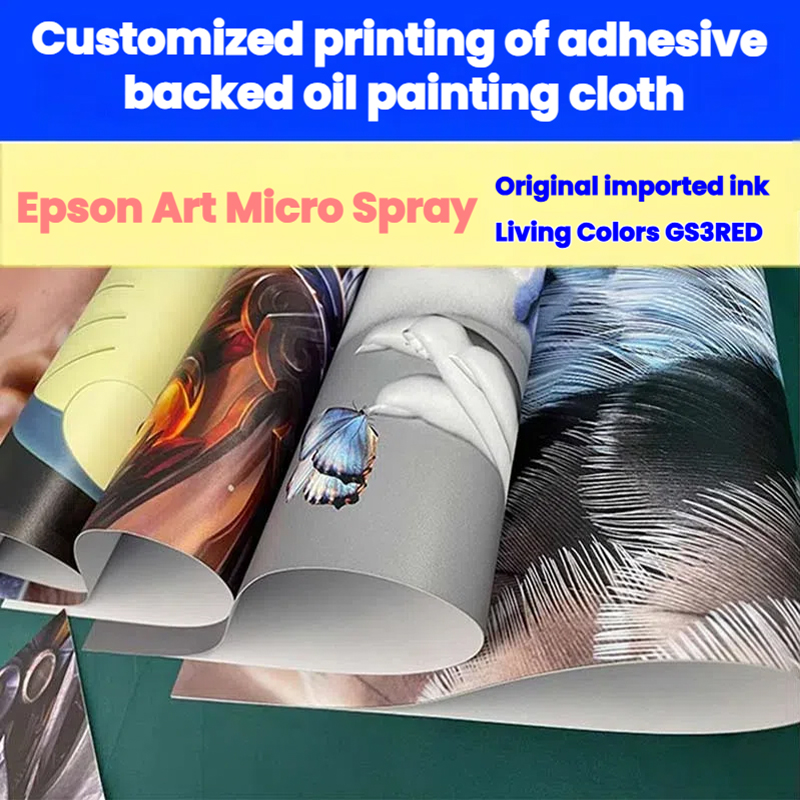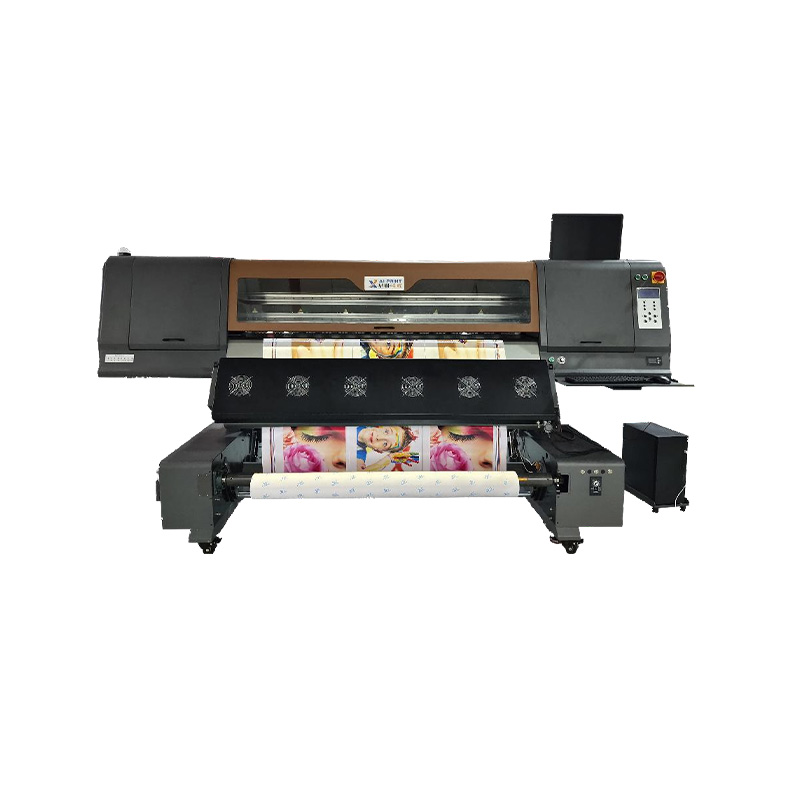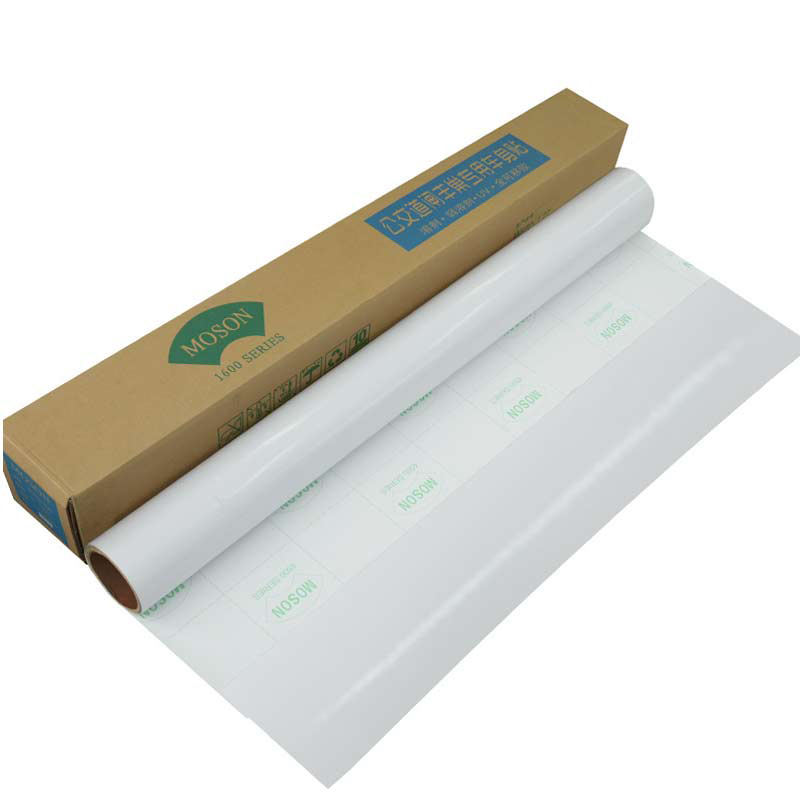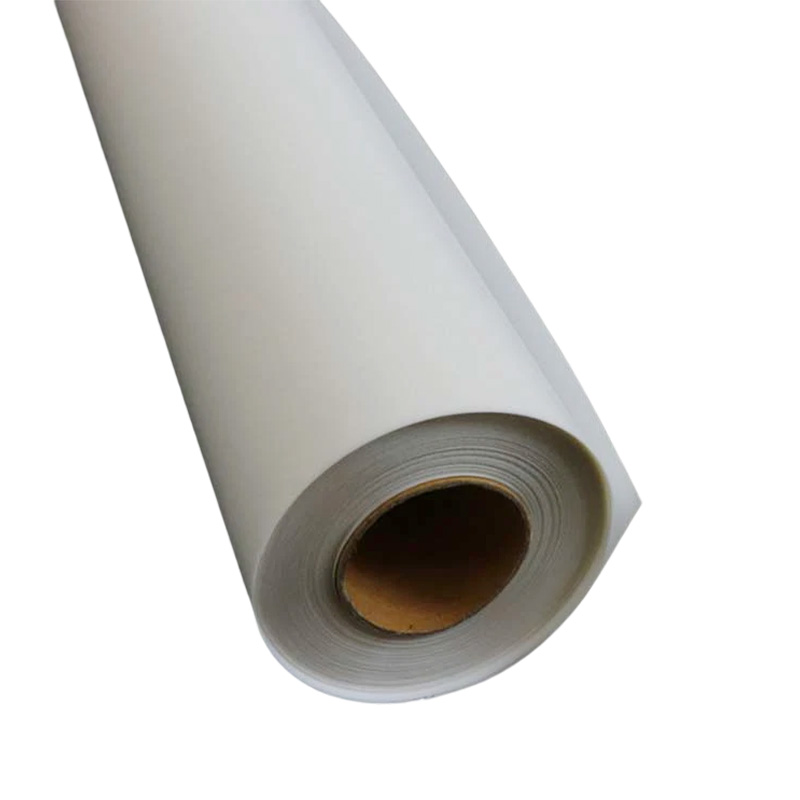How to make the picture more layered and emotional in canvas painting production?
Release Time : 2025-07-29
As a form of expression that combines both artistic and decorative qualities, canvas painting production has long surpassed the simple function of wall decoration and has become an important carrier for conveying emotions and creating atmosphere. Canvas painting production not only relies on the clarity of the image or the brightness of the color, but also on whether it can present rich picture layers and profound emotional expressions.
1. Composition design: the basis for building visual layers
The sense of layering first comes from reasonable composition. In canvas painting production, whether it is original hand-painted or digital output, the composition determines the audience's visual dynamic line. The spatial layout of "foreground-middle ground-background" can effectively enhance the depth of the picture. For example, in the landscape canvas painting production, the trees in the near distance, the lake in the middle ground and the mountains in the distance are layered, making the picture more three-dimensional and immersive. In addition, the use of classic rules such as the golden section, diagonal composition or frame composition can also guide the line of sight, highlight the key points, and avoid the picture being flat and straightforward. Clever blanking is also an important means of creating layers. It gives the picture a sense of breathing, allowing people to associate and resonate with emotions in visual pauses.
2. Use of color: a direct conveyer of emotions
Color is the most direct language of emotions. In canvas painting production, the matching and transition of colors directly affect the psychological feelings of the viewer. Warm tones such as red, orange, and yellow often convey enthusiasm, vitality, or warm emotions; while cool tones such as blue, green, and purple are more likely to create a tranquil, melancholy, or mysterious atmosphere. More importantly, the layering of colors. Through light and dark contrast, saturation changes, and gradual transitions, the picture can be made more delicate. For example, in a dusk-themed canvas painting production, the gradual change of the sky from orange-red to dark purple not only restores natural light and shadow, but also evokes people's sentimentality about the passage of time. In portraits, the subtle transition of skin color and the contrast of light and shadow can enhance the three-dimensional sense and inner emotions of the characters. In digital production, professional color grading and color management technology can ensure that the output picture faithfully restores the original emotional intention and avoids weakening the artistic expression due to color difference.
3. Texture presentation: a dual experience of touch and vision
The texture of the canvas itself adds a natural texture to the picture, and the production process further strengthens this experience. Hand-painted canvas painting production creates texture changes through the weight of brushstrokes and the thickness of paint (such as thick coating techniques), making the picture more lively. Each stroke carries the creator's emotional traces, and the viewer seems to be able to "touch" the wind, light and temperature in the painting. Even digital inkjet canvas painting production can simulate brushstroke effects through high-precision printing technology, and even combine partial UV coating, relief technology or hand-painting to increase the three-dimensional sense and artistic uniqueness. This rich texture makes the picture no longer "flat", but full of details and stories.
4. Theme and emotional resonance: giving the picture a soul
No matter how exquisite the technique is, it is difficult to impress people if it lacks an emotional core. The emotional expression of canvas painting production ultimately depends on its theme and creative intention. A photo recording a family moment is transformed into canvas painting production, carrying the warmth of family affection; an abstract color work may express inner struggle or tranquility. In the production process, choosing images with emotional tension and retaining the "imperfect" details in the original picture (such as smiling wrinkles and backlit silhouettes) can enhance the sense of reality and appeal. Customized canvas painting production is popular because it sublimates personal memories and life fragments into art, filling the space with emotional warmth.
Canvas painting production is not only a presentation of technology, but also a transmission of emotions. Through careful composition design, infectious color matching, rich texture processing and profound theme expression, a canvas painting production can truly have "layers" and "emotions". It is no longer just a painting on the wall, but a story, a memory, and a condensation of a state of mind.
1. Composition design: the basis for building visual layers
The sense of layering first comes from reasonable composition. In canvas painting production, whether it is original hand-painted or digital output, the composition determines the audience's visual dynamic line. The spatial layout of "foreground-middle ground-background" can effectively enhance the depth of the picture. For example, in the landscape canvas painting production, the trees in the near distance, the lake in the middle ground and the mountains in the distance are layered, making the picture more three-dimensional and immersive. In addition, the use of classic rules such as the golden section, diagonal composition or frame composition can also guide the line of sight, highlight the key points, and avoid the picture being flat and straightforward. Clever blanking is also an important means of creating layers. It gives the picture a sense of breathing, allowing people to associate and resonate with emotions in visual pauses.
2. Use of color: a direct conveyer of emotions
Color is the most direct language of emotions. In canvas painting production, the matching and transition of colors directly affect the psychological feelings of the viewer. Warm tones such as red, orange, and yellow often convey enthusiasm, vitality, or warm emotions; while cool tones such as blue, green, and purple are more likely to create a tranquil, melancholy, or mysterious atmosphere. More importantly, the layering of colors. Through light and dark contrast, saturation changes, and gradual transitions, the picture can be made more delicate. For example, in a dusk-themed canvas painting production, the gradual change of the sky from orange-red to dark purple not only restores natural light and shadow, but also evokes people's sentimentality about the passage of time. In portraits, the subtle transition of skin color and the contrast of light and shadow can enhance the three-dimensional sense and inner emotions of the characters. In digital production, professional color grading and color management technology can ensure that the output picture faithfully restores the original emotional intention and avoids weakening the artistic expression due to color difference.
3. Texture presentation: a dual experience of touch and vision
The texture of the canvas itself adds a natural texture to the picture, and the production process further strengthens this experience. Hand-painted canvas painting production creates texture changes through the weight of brushstrokes and the thickness of paint (such as thick coating techniques), making the picture more lively. Each stroke carries the creator's emotional traces, and the viewer seems to be able to "touch" the wind, light and temperature in the painting. Even digital inkjet canvas painting production can simulate brushstroke effects through high-precision printing technology, and even combine partial UV coating, relief technology or hand-painting to increase the three-dimensional sense and artistic uniqueness. This rich texture makes the picture no longer "flat", but full of details and stories.
4. Theme and emotional resonance: giving the picture a soul
No matter how exquisite the technique is, it is difficult to impress people if it lacks an emotional core. The emotional expression of canvas painting production ultimately depends on its theme and creative intention. A photo recording a family moment is transformed into canvas painting production, carrying the warmth of family affection; an abstract color work may express inner struggle or tranquility. In the production process, choosing images with emotional tension and retaining the "imperfect" details in the original picture (such as smiling wrinkles and backlit silhouettes) can enhance the sense of reality and appeal. Customized canvas painting production is popular because it sublimates personal memories and life fragments into art, filling the space with emotional warmth.
Canvas painting production is not only a presentation of technology, but also a transmission of emotions. Through careful composition design, infectious color matching, rich texture processing and profound theme expression, a canvas painting production can truly have "layers" and "emotions". It is no longer just a painting on the wall, but a story, a memory, and a condensation of a state of mind.







